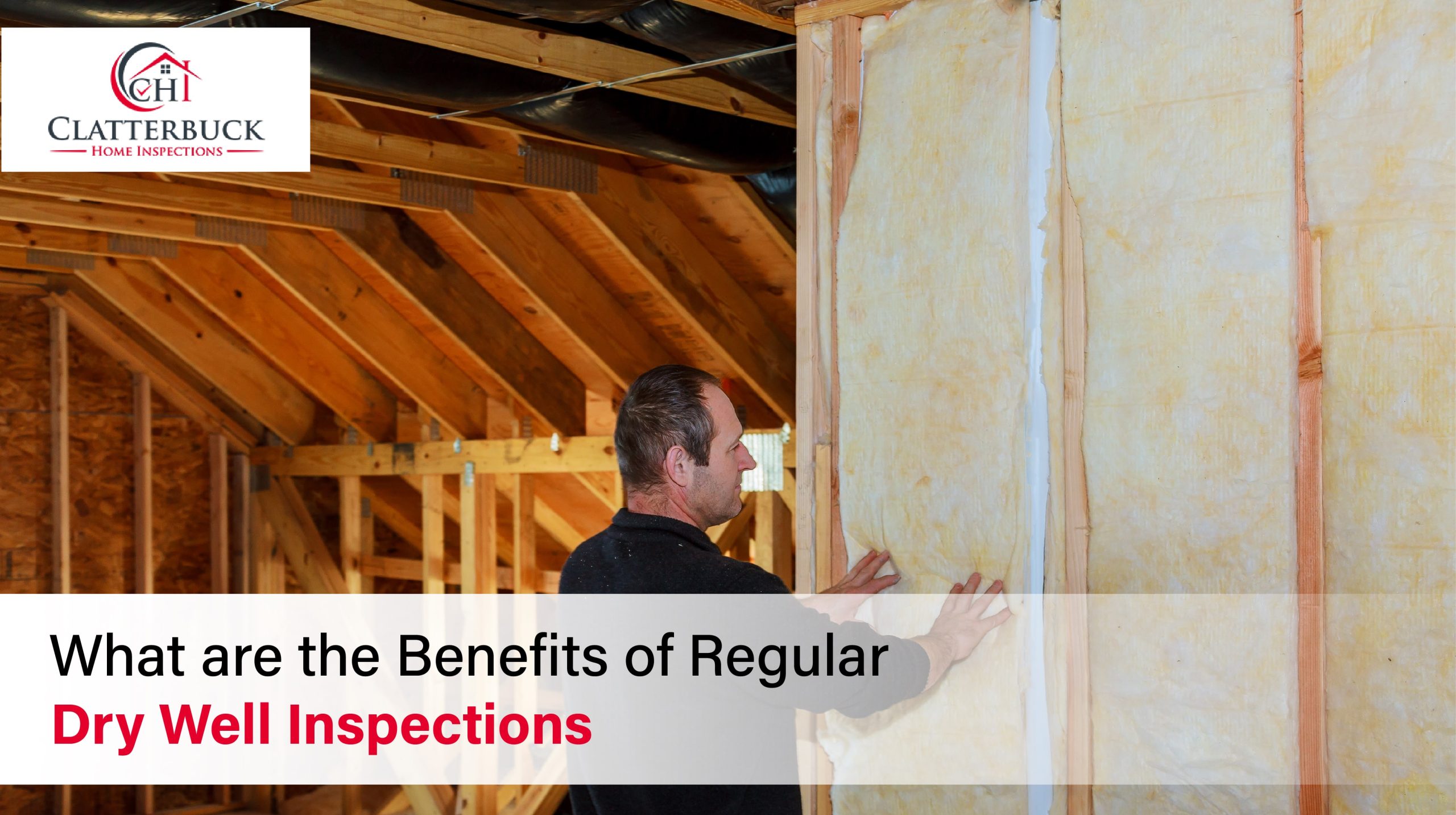Inspections always seem like an extra task for you. Dry well inspections are one of these inspections. You might still be thinking about skipping these. But before that, don’t forget to acknowledge that these are crucial to home maintenance.
Regular dry well inspections help maintain the functionality and longevity of drainage systems for homes and properties. These inspections bring in a variety of benefits for your home maintenance needs. They can ensure an adequate flow of safe and clean water for consumption.
A dry well inspection can also fix damage and prevent contamination. This blog will discuss these and more benefits of dry well inspections in detail. But let’s first know what is a dry well used for.
What Is A Dry Well Used For?
Dry wells are designed underground to manage stormwater runoff. They play a part in various residential, commercial, and industrial contexts. Reducing the risk of flooding and recharging groundwater supplies is an essential function of dry wells. At the same time, they are also critical for sustainable water management. Below are some of the crucial functions and uses of dry wells.Stormwater Management
There can be many reasons for flooding and erosion. One such reason is the accumulation of excess water on roads, parking lots, etc. Effective stormwater management is one of the primary purposes of dry wells. They are strategically placed underground to collect and store this excess water. Yes, you can say that they act as a reservoir that temporarily holds stormwater. This eventually prevents it from flooding streets and properties.Groundwater Recharge
Dry wells also play a wide role environmentally. They do this by facilitating groundwater recharge. When stored in a dry well, stormwater can slowly seep into the ground and recharge the nearby aquifer. This helps maintain groundwater levels, vital for a sustainable and healthy water supply. Furthermore, it can also prevent saltwater intrusion into coaster aquifers. This is done by maintaining the appropriate balance of saltwater and fresh water.Erosion Control
Dry wells go beyond mitigating flooding and play a role in erosion control. Soil erosion can be a result of excessive stormwater runoff. This can negatively impact infrastructure and landscapes. With the help of dry wells, you can capture this runoff. Eventually, this reduces the erosive force of water and helps preserve the integrity of the surrounding land.Water Quality Improvement
You can also credit dry wells as natural filters. This, in turn, results in water quality improvement. As stormwater percolates through the ground, it undergoes a natural cleansing process. This removes pollutants and contaminants. This reduces the environmental impact of stormwater by preventing harmful substances from reaching nearby water bodies.What Happens During Dry Well Inspections?
Dry well inspections are a thorough process that helps identify issues and extends the dry well’s lifespan. Following are some of the major steps of a dry well inspection.Visual Inspection
The very first step of a dry well inspection is the visual assessment of the dry well. Inspectors will examine the well’s lid/cover, looking for any signs of damage or deterioration. They will also ensure that there are no missing components.Access and Entry
The complete dry well inspection includes an interior inspection. During this step, inspectors follow proper safety procedures. They do this to ensure the well’s contents don’t pose any risks during entry. Inspectors also use appropriate personal protective equipment to prevent accidents and take precautions.Well Structure and Material
Once inside the dry well, inspectors assess the structure and material of the well. They check for signs of corrosion and cracking in the well’s walls or lining. They ensure that the material is intact and free from significant damage. This helps determine the well’s performance.Pump and Outlet Inspection
Some dry wells are equipped with pumps to help manage stormwater. Inspectors examine the condition and operation of these pumps. They also inspect the outlet pipe to confirm it is free from obstructions and properly directing water away from the well.Damage or Blockages
Dry well inspections aim to identify damage or blockages within the system. This can include the following:- Obstructions in inlet or outlet pipes
- Damage to the well’s structure
- Signs of deterioration that could compromise its functionality

